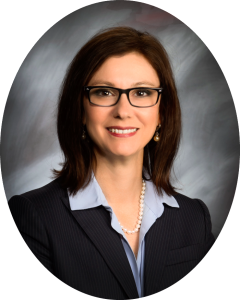On March 19 we issued a press release announcing our relationship with one of the country’s premier academic medical institutions (read it here). But our partnership with Penn State Hershey actually began about six months prior when they made the decision to implement the first phase of our HELM® methodology.
In this phase we conducted a Workforce Analysis, a Operational Assessment, and an internal Productivity Benchmarking project across units within the medical center and throughout the clinics network. This series of engagements helped Penn State Hershey:
- Determine the necessary size of its core staff and the right size and layering of contingency staff to most effectively meet the ebb and flow of patient demand. Implementation of these findings allows an organization to seamlessly flex up and down with minimal need of overtime and agency usage.
- Uncover disparate policies across the enterprise (such as the order in which staff are cancelled) and variances between policies and actual practices.
- Develop internal benchmarks to gauge a unit’s best-demonstrated performance, serving as a target for what is possible.
These exercises help set the stage to layer on our scheduling and productivity solution, Smart Square – which is where our engagement with Penn State Hershey is at the moment. Inpatient units went live recently on the software solution, standardizing and automating policies and practices under a framework of business rules to help ensure predictable and sustainable results. The medical groups will go live on the tool beginning in June.
While a lot of the work we are conducting with Penn State Hershey is what we do with all of our clients, what Penn State Hershey is leading the way on is their commitment to work with us to adapt and apply our proven best practices within their more than 70 medical group practice sites. This decision is novel in healthcare as it is the first step in what must become the industry norm.
Most of the focus of the medical group is on how to leverage clinic staff resources to scale with the ebb and flow of volume. Patient volume at clinics is dependent, for the most part, on the number of doctors working on a given day. (The exception being visits that do not involve a physician, i.e., flu shots, immunizations, etc.) This provides an opportunity to better match and flex certain staff to align with the number of doctors and visits.
Medical Group practice consolidation and the acquisition of medical groups by healthcare systems is a trend that picked up a tremendous amount of momentum in 2012 and is projected to continue, if not accelerate, as more pieces of the Affordable Care Act are phased in and health systems seek new ways to gain efficiencies.
As outpatient clinics are arguably becoming the driver of healthcare, it makes perfect sense to focus energies on optimizing labor to improve the bottom line and quality outcomes in these areas. This is the trail we are blazing with Penn State Hershey.
Feel free to email me at jackie.larson@avantas.com to share your thoughts or learn more.


